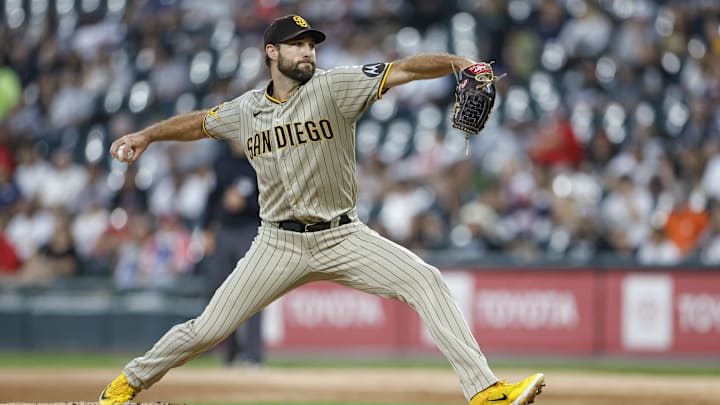Decoding run production and run prevention is key for the Royals
The key to breaking the code to run production and run prevention lies in Batted Ball Profiles (BBP), which for purposes of this story refers to the way batters hit the baseball. There are three basic types of batted balls: ground balls, fly balls, and line drives.
One of the biggest trends in the majors today is a focus on increasing team home runs. The logic behind this is that if a team can hit enough home runs to overpower its opponents, it doesn't need to rely so much on singles, doubles and triples. Let's call this the "Bully Strategy" — bullies try to overpower their opponents.
Bully Strategy teams spend big money to buy batters who hit home runs and pitchers who miss bats. They coach hitters to take as many pitches as possible, resulting in high walk and strikeout percentages, a strategy known as the three true outcomes: walk, strike out, home run.
On defense, bullies smother opponents with pitchers who throw impossible-to-hit pitches. They rely on strikeouts to lower their team WHIP, reducing opponents' at-bats and baserunners. The Royals are in no position to be bullies; they can't afford to compete for pitchers and their ballpark isn't Bully Strategy-friendly. Kauffman Stadium is, after all, huge, and plays like it. Bullies don't play well to Kauffman because, as Statcast data reveals, The K allows 50 fewer home runs a season than Great American Ballpark, which produces the most and is where the Reds play.
That's an advantage for the Royals. And knowing they'll play half of every season's games at Kauffman, where they and their opponents struggle to hit homers, the Royals can use BBP to buck the trends and better inform their decision-making.
But how?
